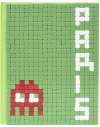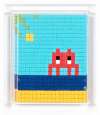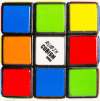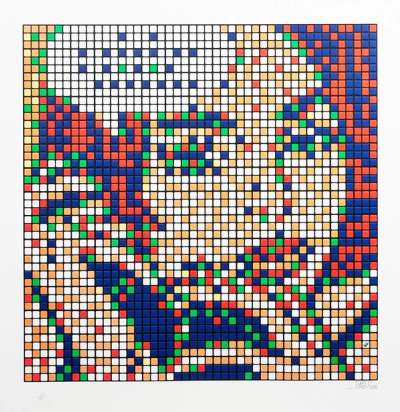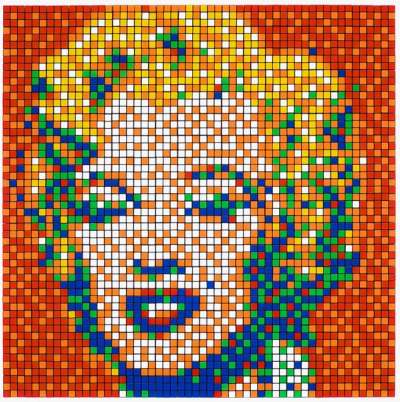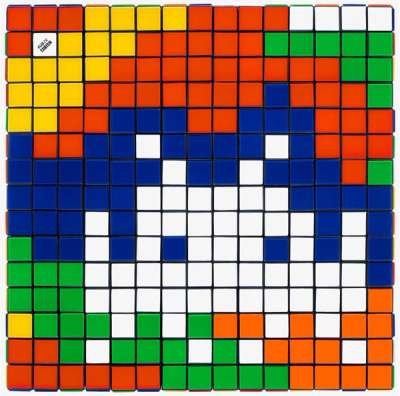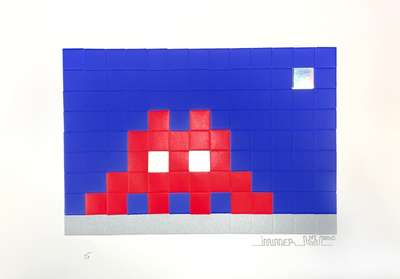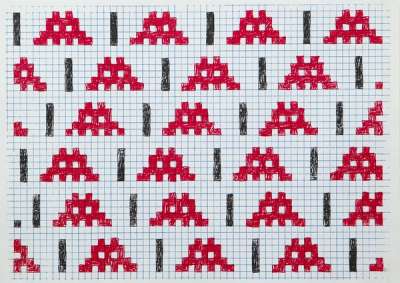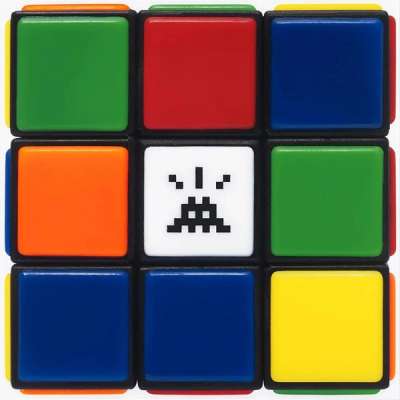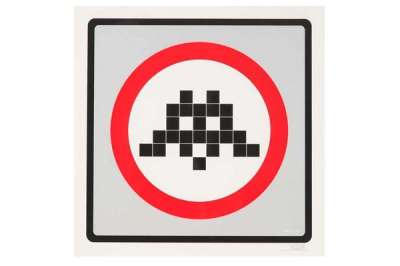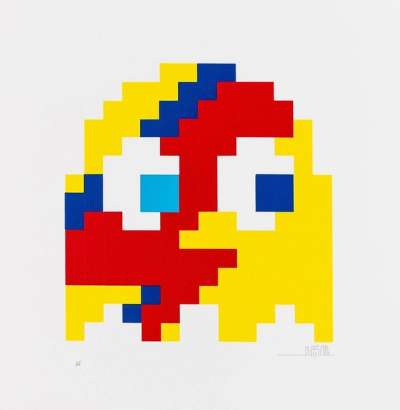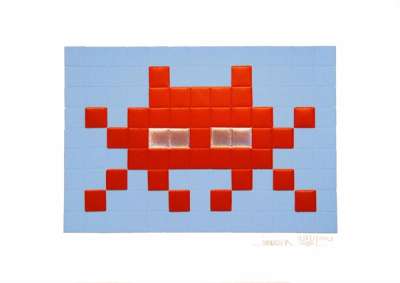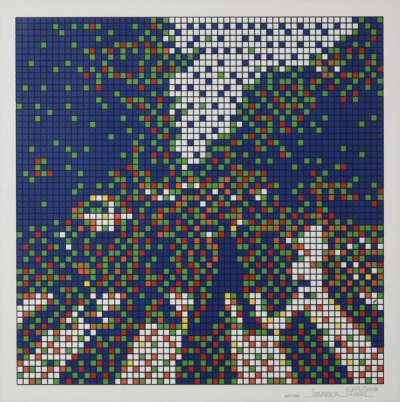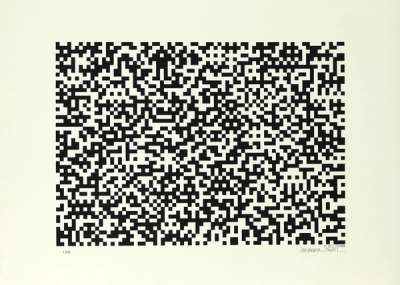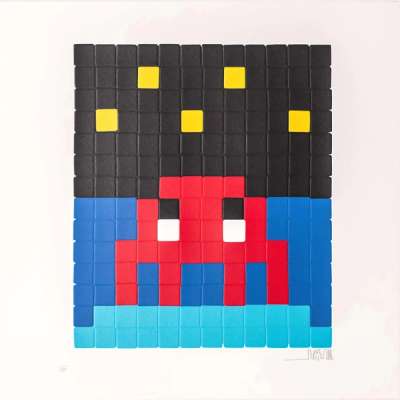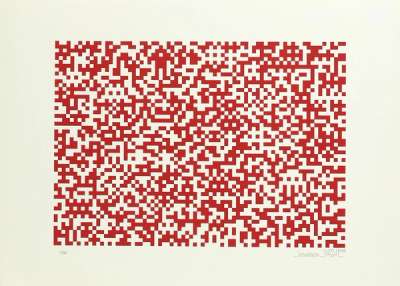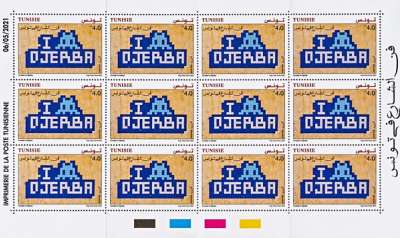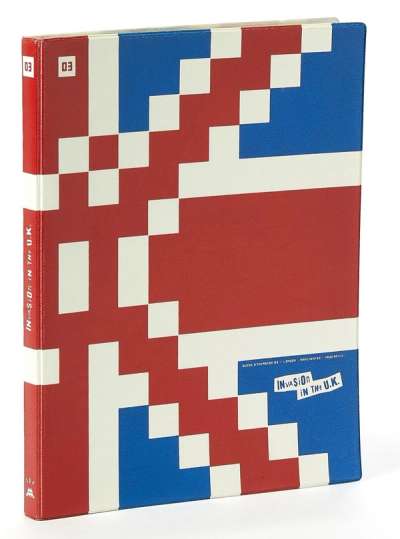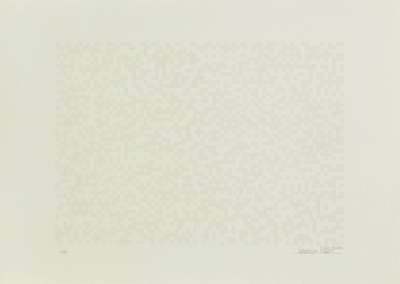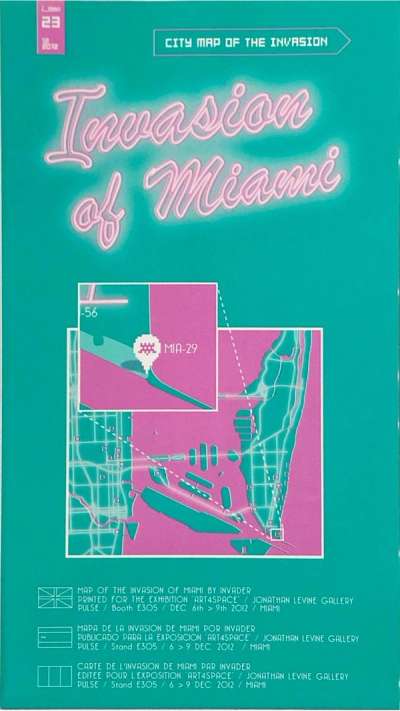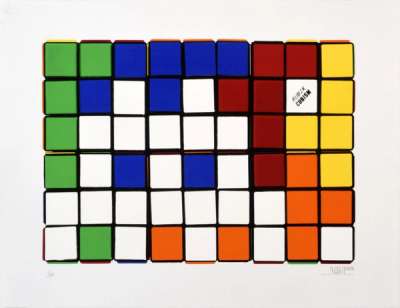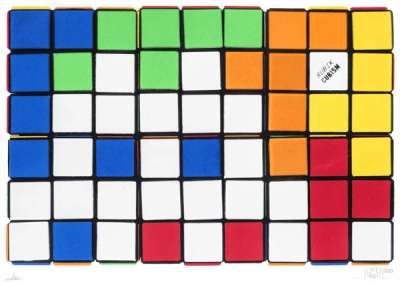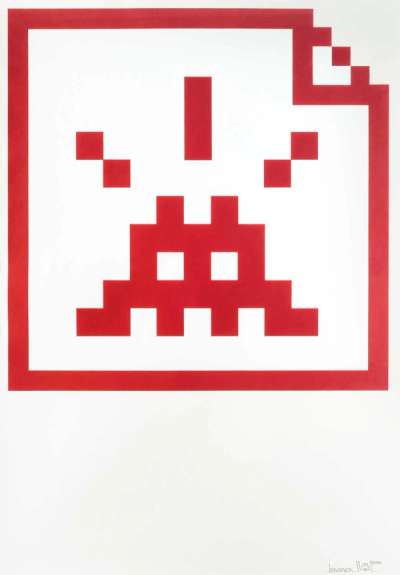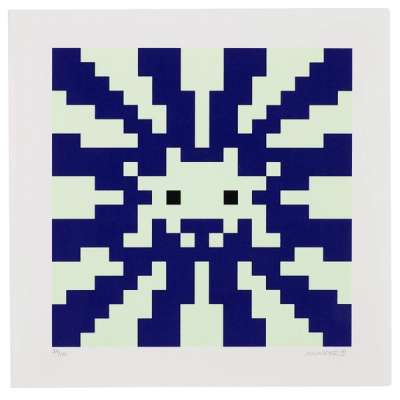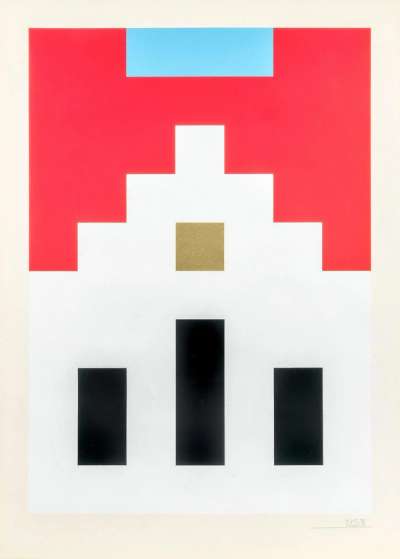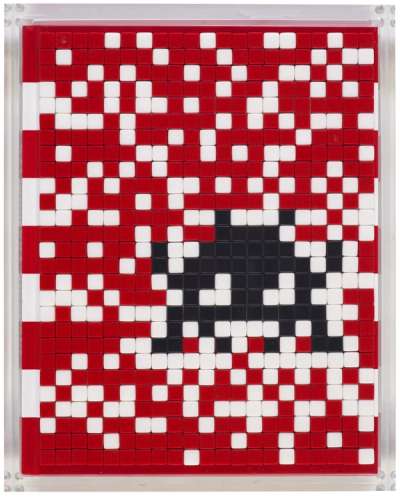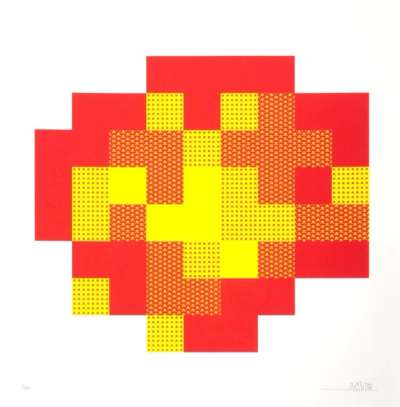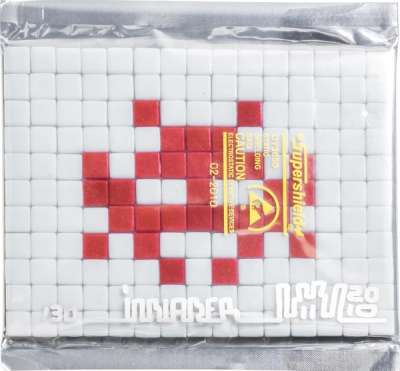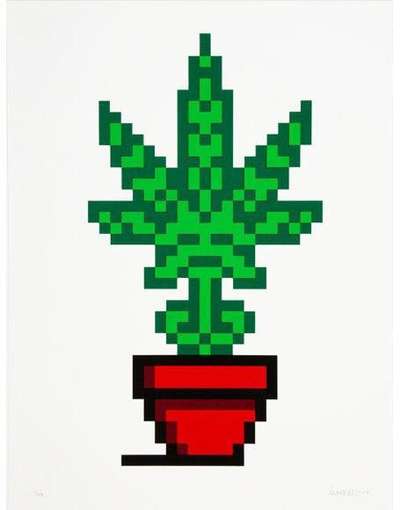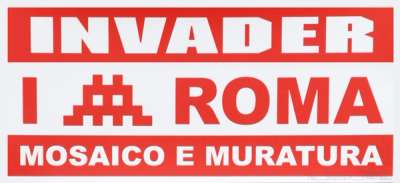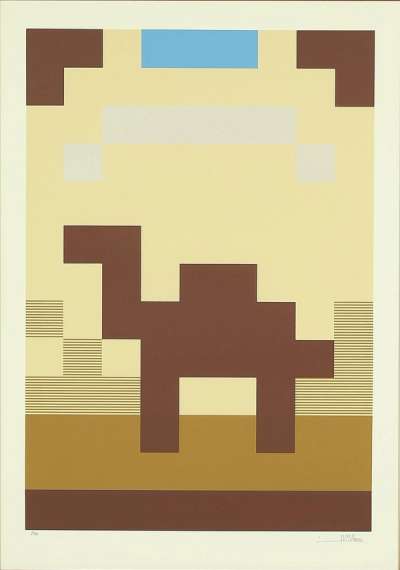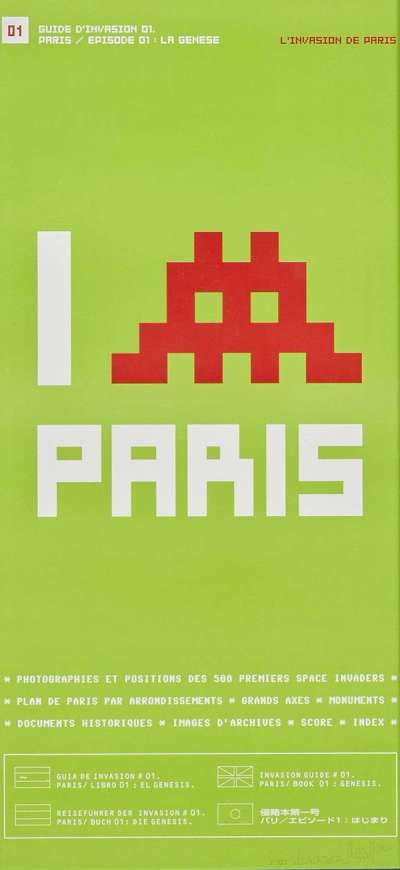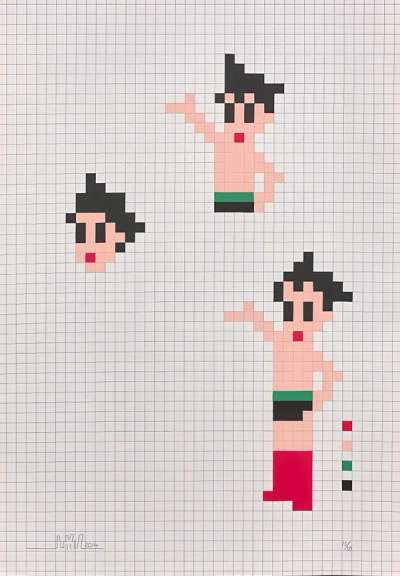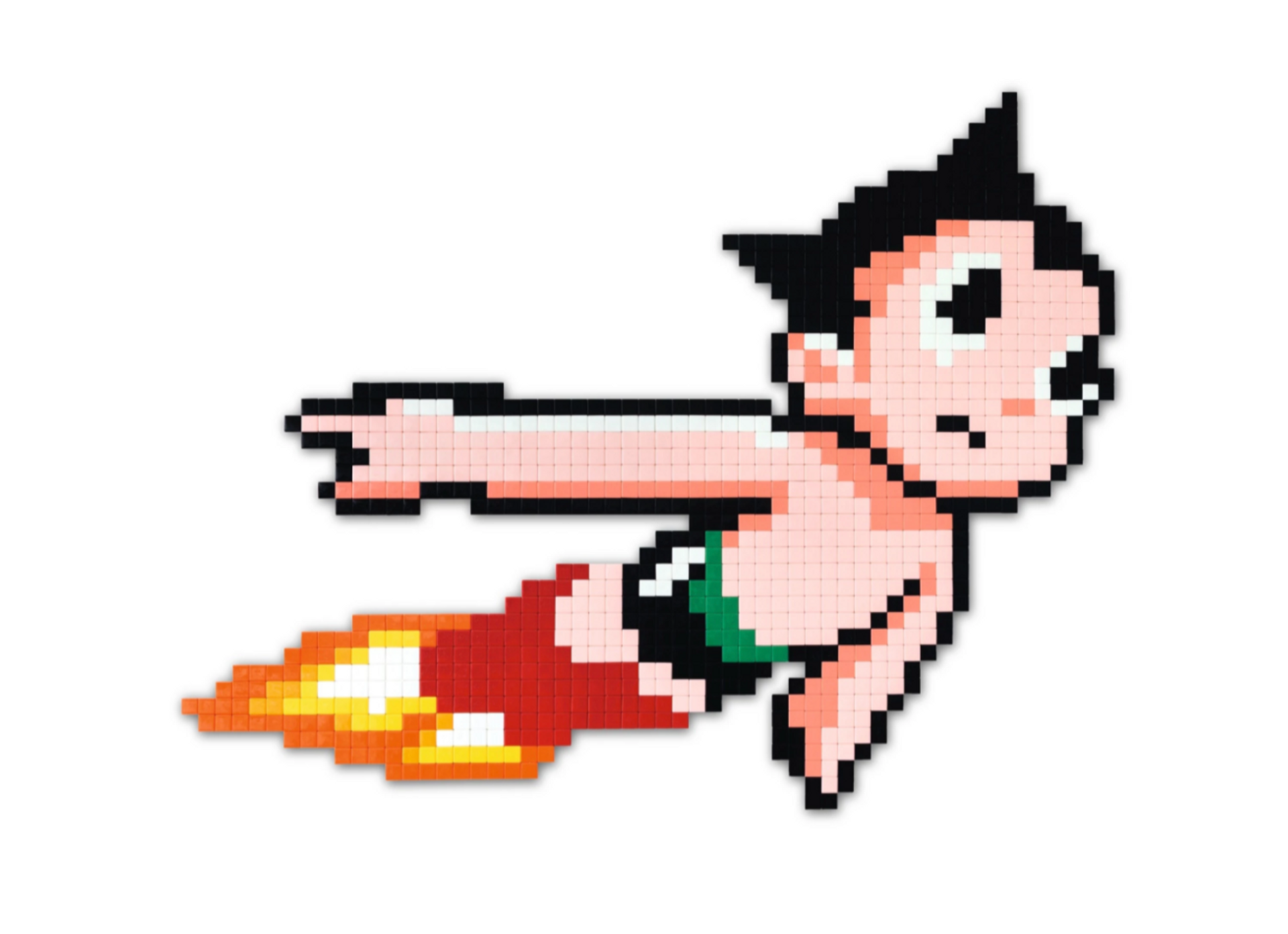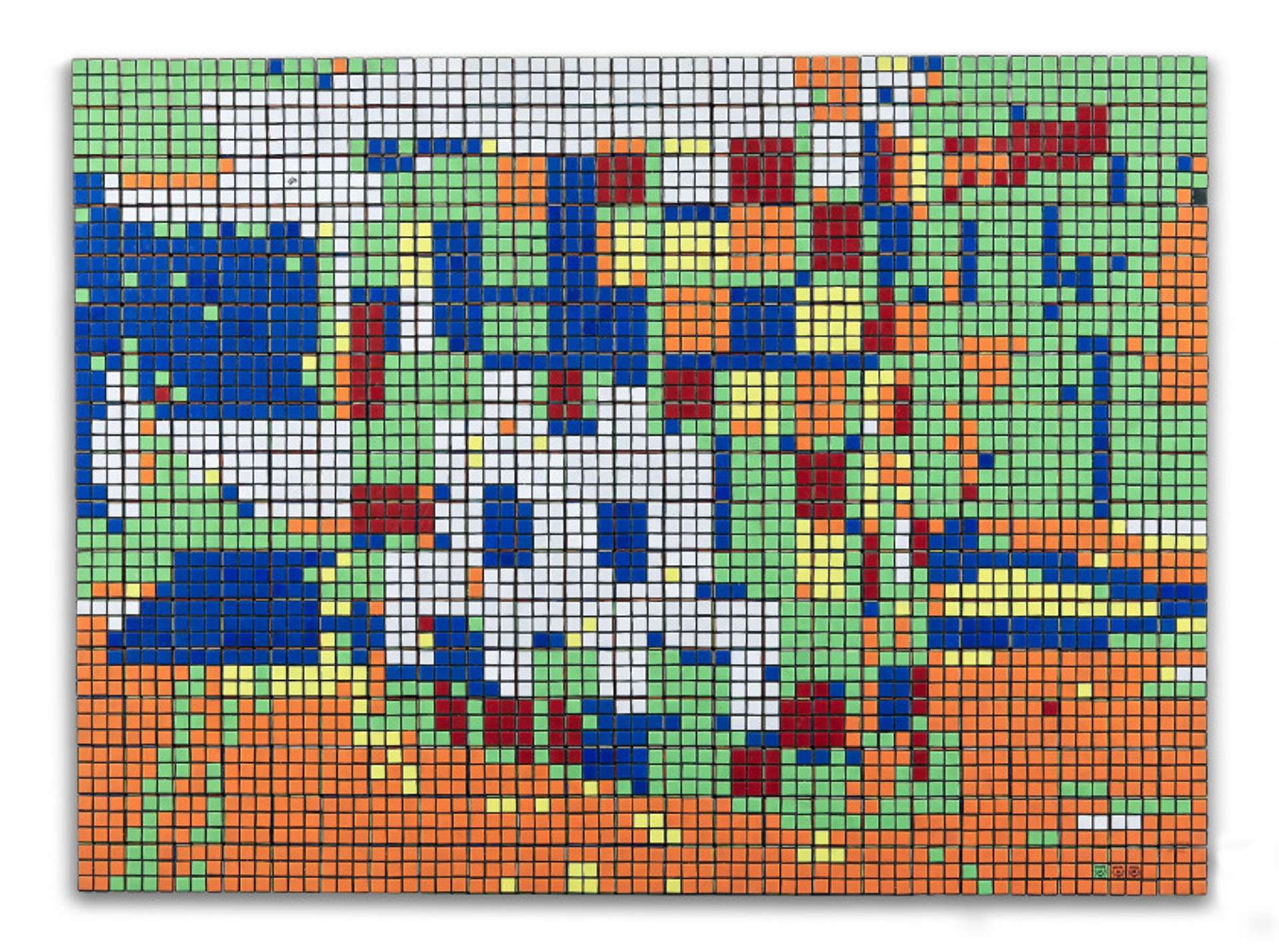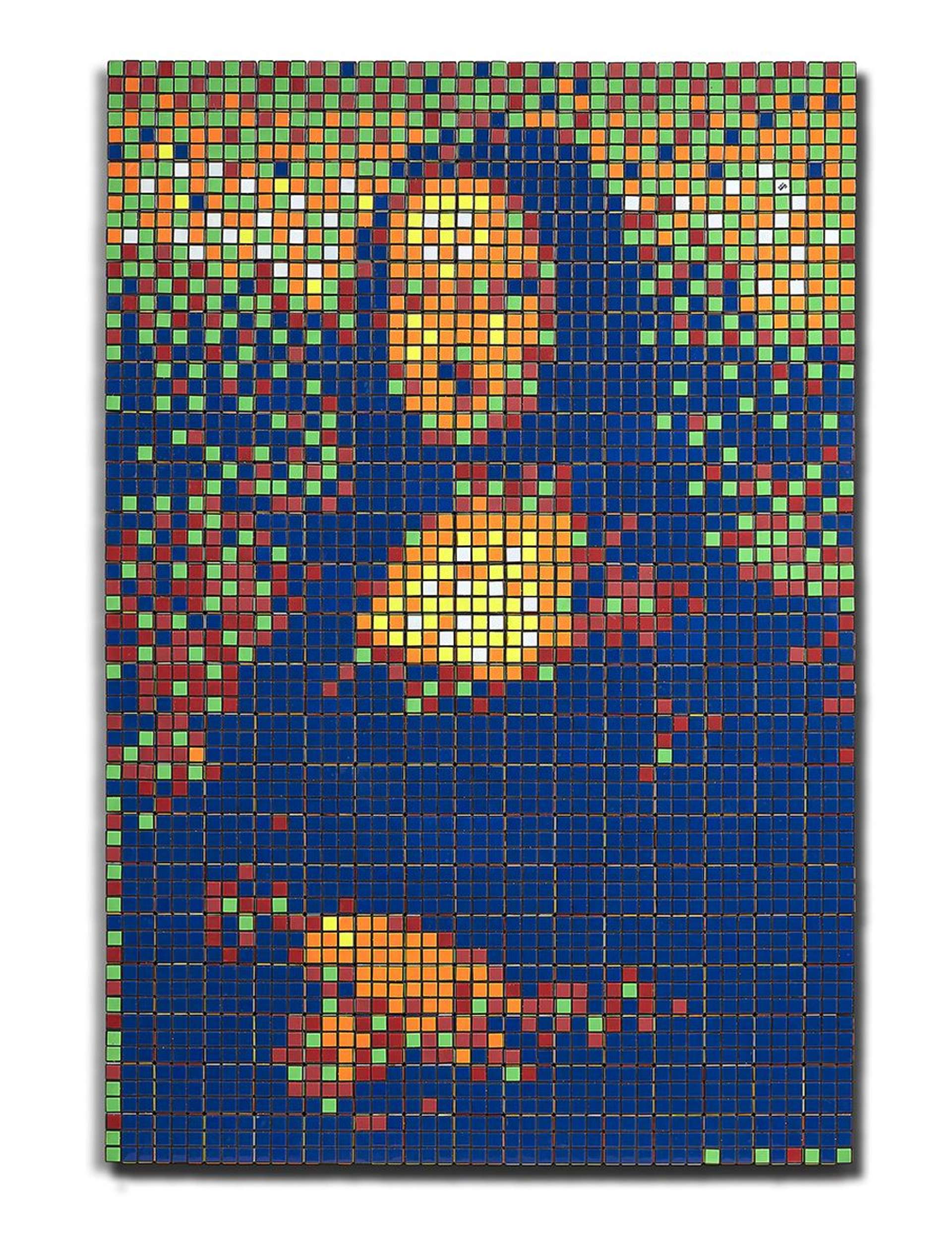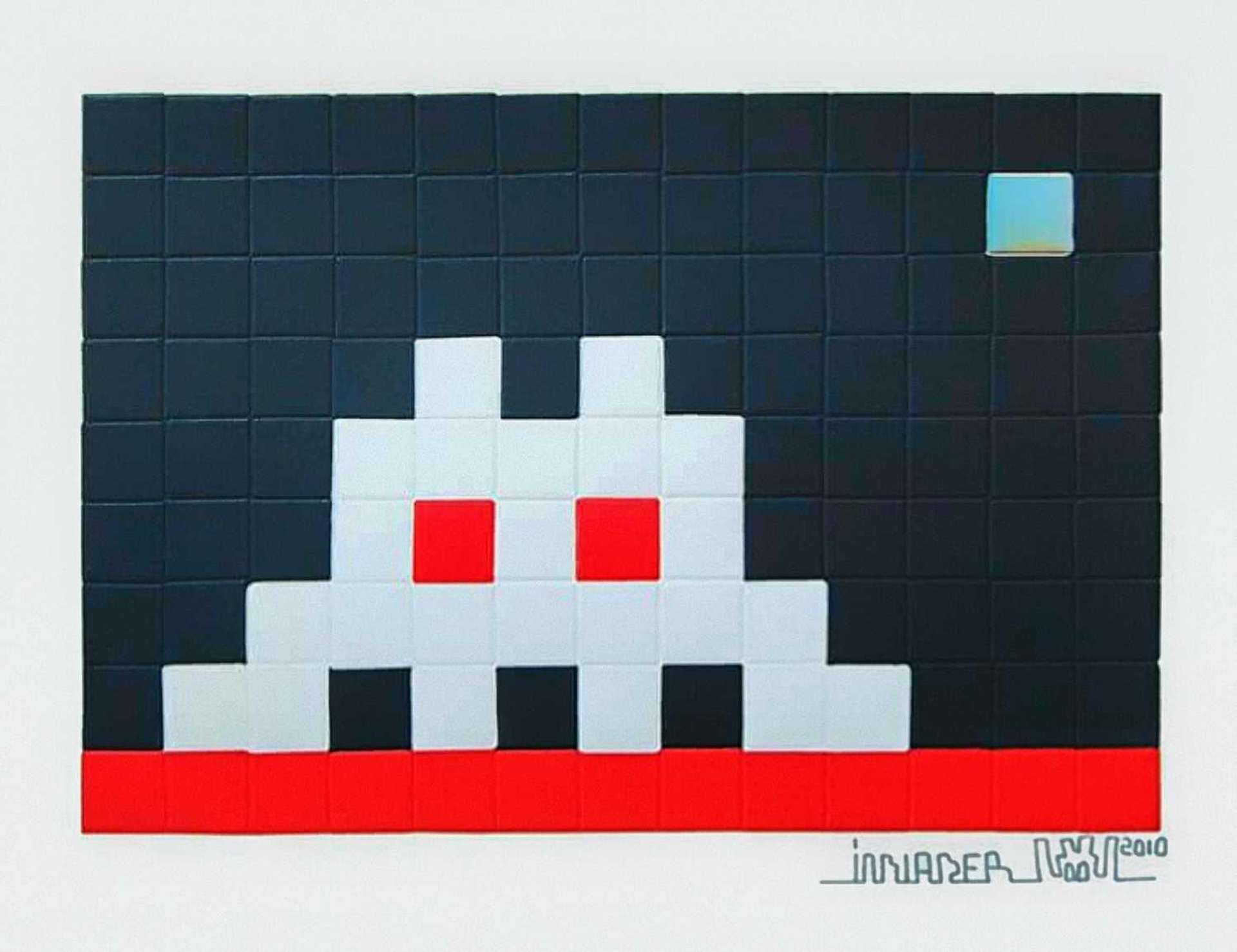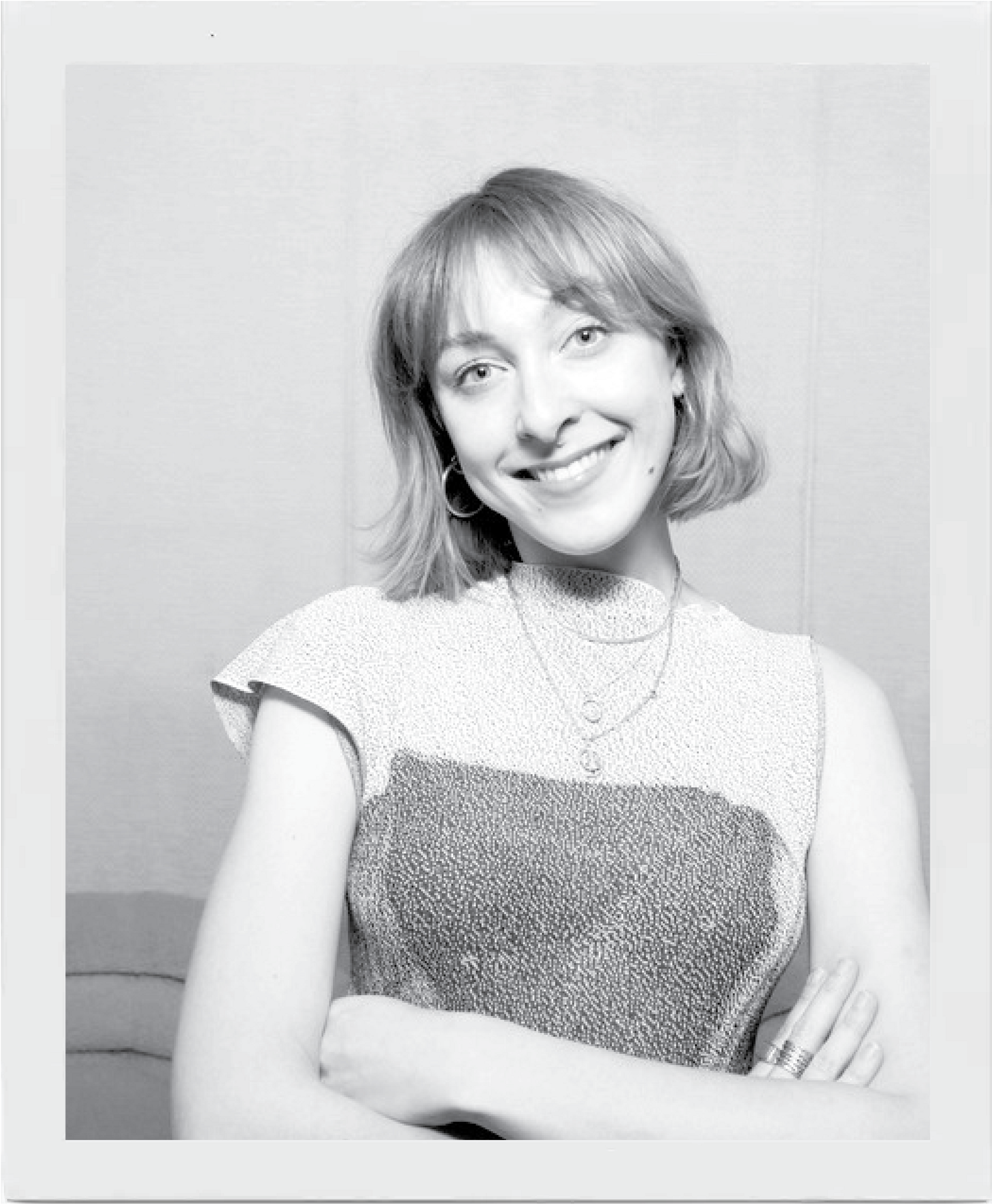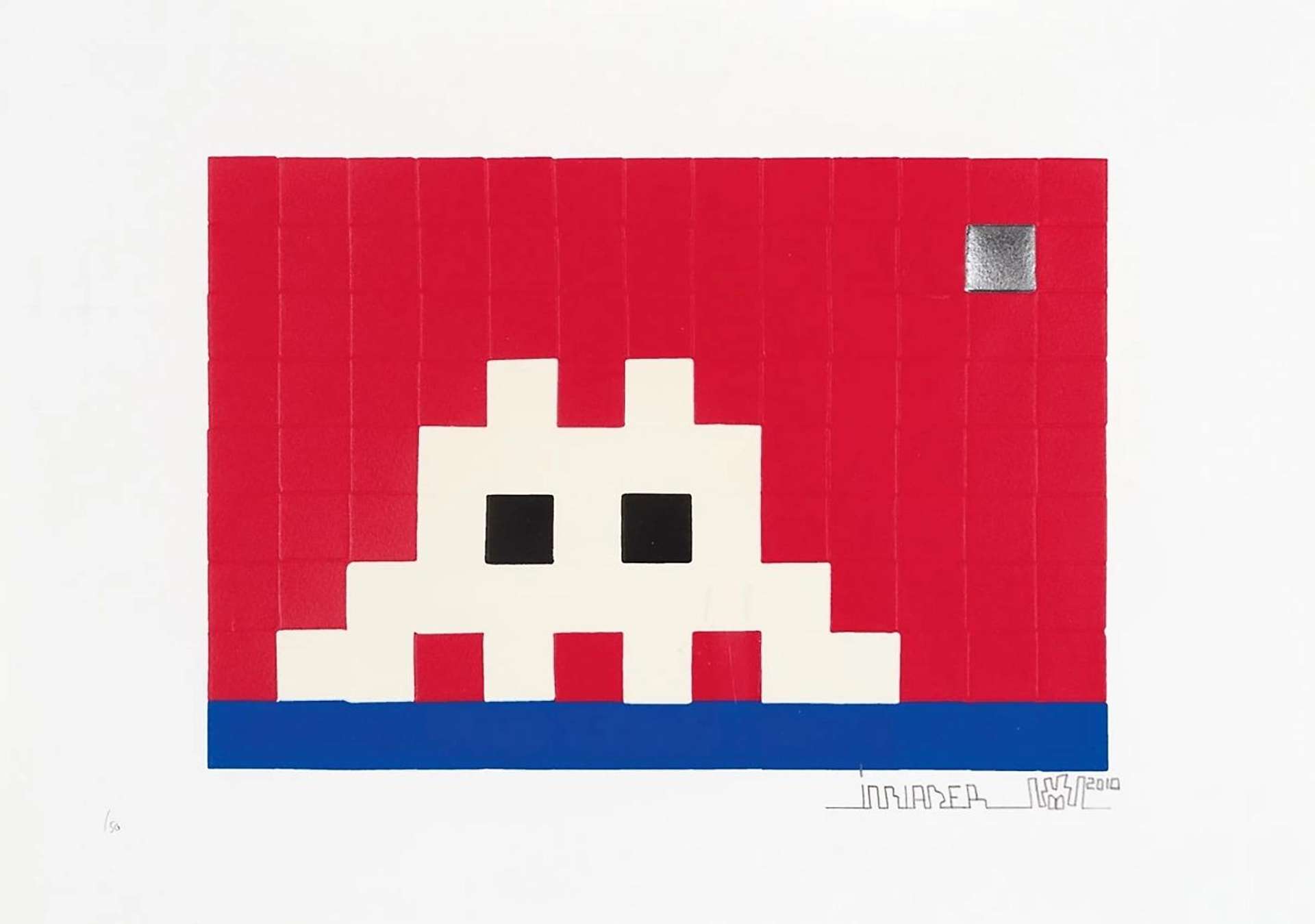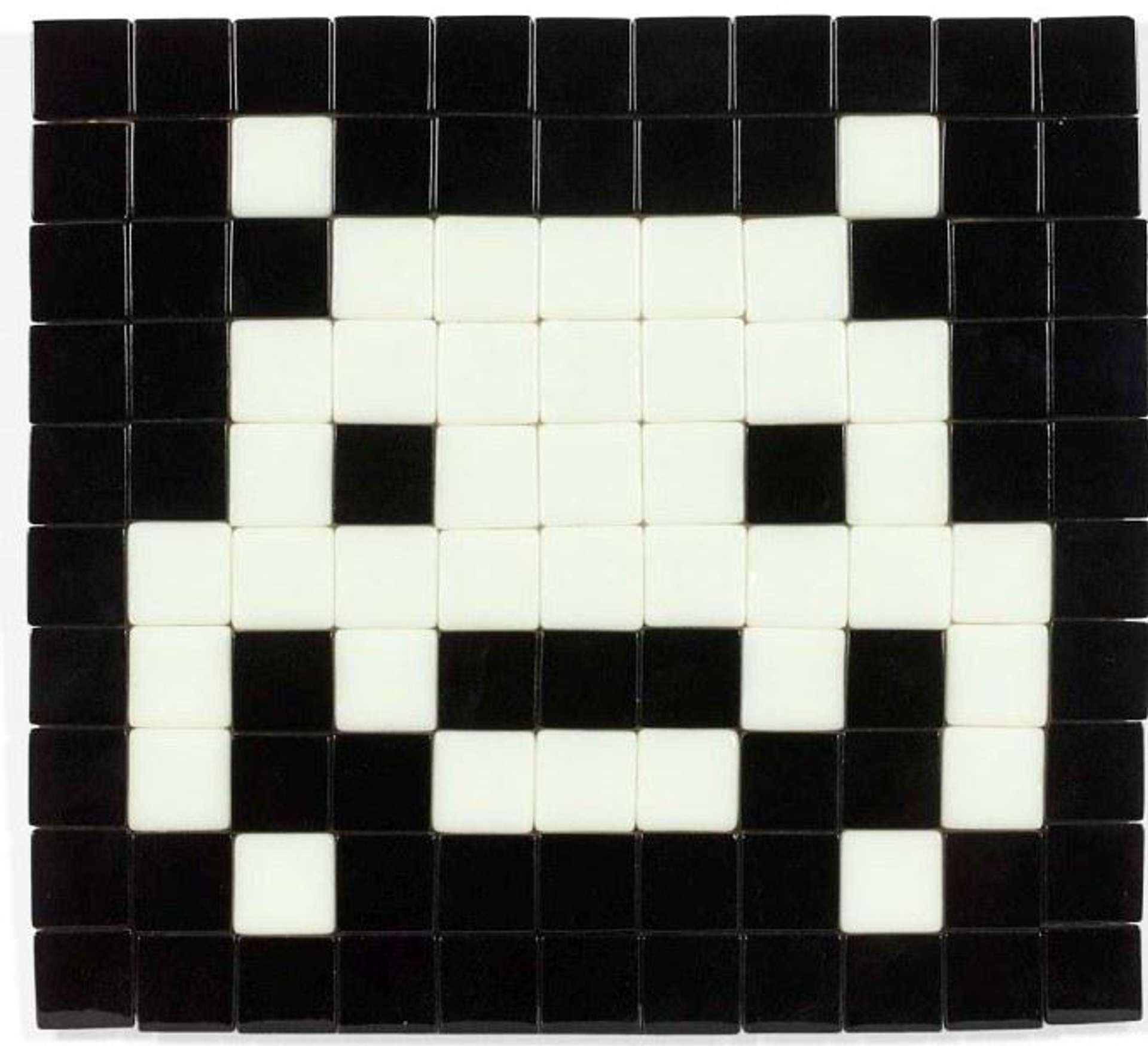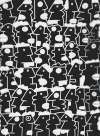Invader
Anonymous street artist Invader’s work pays homage to 80s 8-bit video games, as he occupies cities globally with his signature pixelated mosaics. If you’re looking for original Invader prints and editions for sale or would like to sell, request a complimentary valuation and browse our network’s most in-demand works.
Invader prints for sale
Discover Invader prints for sale, exclusively available through our private network of collectors. Explore signed and unsigned screenprints, lithographs, digital prints, and rare editioned proof prints by era-defining blue chip artists.
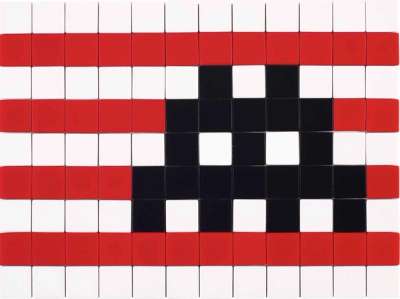
£7,000-£11,000
$13,500-$21,000 Value Indicator
$12,000-$19,000 Value Indicator
¥60,000-¥100,000 Value Indicator
€8,000-€13,000 Value Indicator
$70,000-$110,000 Value Indicator
¥1,370,000-¥2,160,000 Value Indicator
$9,000-$14,000 Value Indicator
TradingFloor
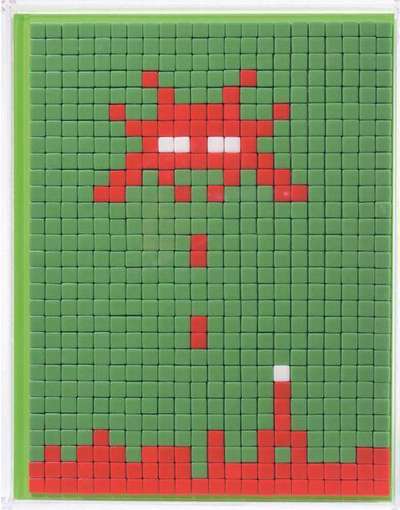
£40,000-£60,000
$80,000-$120,000 Value Indicator
$70,000-$100,000 Value Indicator
¥360,000-¥540,000 Value Indicator
€45,000-€70,000 Value Indicator
$390,000-$590,000 Value Indicator
¥7,610,000-¥11,420,000 Value Indicator
$50,000-$80,000 Value Indicator
TradingFloor
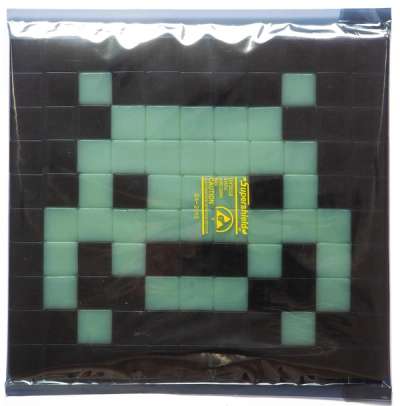
£11,000-£17,000
$21,000-$35,000 Value Indicator
$19,000-$29,000 Value Indicator
¥100,000-¥160,000 Value Indicator
€13,000-€20,000 Value Indicator
$110,000-$170,000 Value Indicator
¥2,080,000-¥3,210,000 Value Indicator
$14,000-$22,000 Value Indicator
TradingFloor
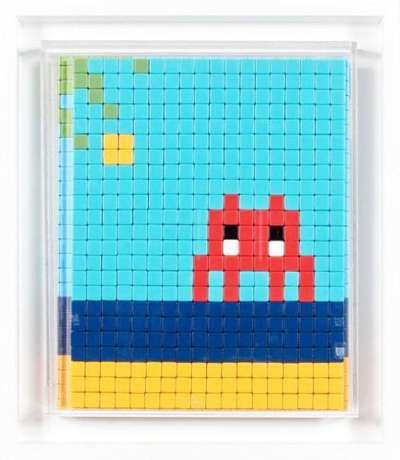
£30,000-£45,000
$60,000-$90,000 Value Indicator
$50,000-$80,000 Value Indicator
¥270,000-¥410,000 Value Indicator
€35,000-€50,000 Value Indicator
$290,000-$440,000 Value Indicator
¥5,710,000-¥8,560,000 Value Indicator
$40,000-$60,000 Value Indicator
TradingFloor
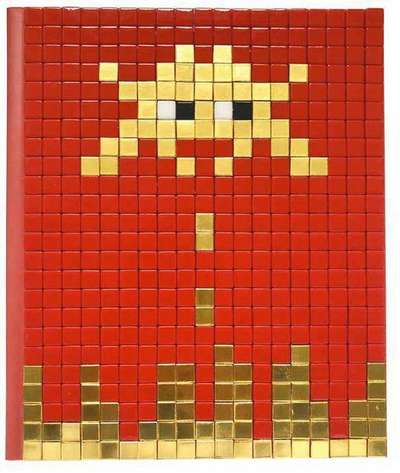
£30,000-£45,000
$60,000-$90,000 Value Indicator
$50,000-$80,000 Value Indicator
¥270,000-¥410,000 Value Indicator
€35,000-€50,000 Value Indicator
$290,000-$440,000 Value Indicator
¥5,710,000-¥8,560,000 Value Indicator
$40,000-$60,000 Value Indicator
TradingFloor
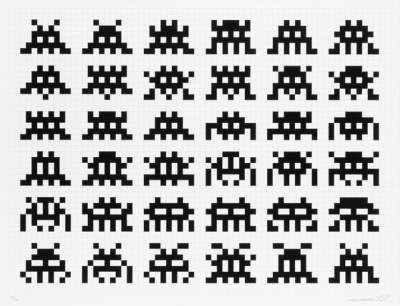
£8,500-£12,500
$16,000-$24,000 Value Indicator
$14,500-$21,000 Value Indicator
¥80,000-¥110,000 Value Indicator
€10,000-€14,500 Value Indicator
$80,000-$120,000 Value Indicator
¥1,620,000-¥2,380,000 Value Indicator
$10,500-$16,000 Value Indicator
TradingFloor
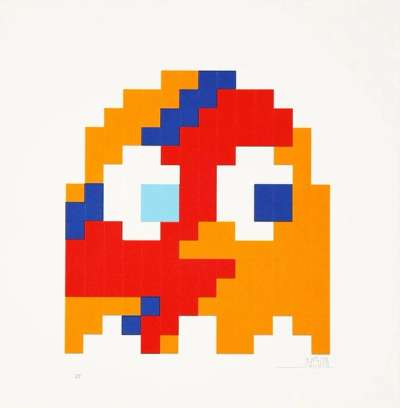
£17,000-£26,000
$35,000-$50,000 Value Indicator
$29,000-$45,000 Value Indicator
¥150,000-¥240,000 Value Indicator
€20,000-€30,000 Value Indicator
$170,000-$260,000 Value Indicator
¥3,240,000-¥4,950,000 Value Indicator
$21,000-$35,000 Value Indicator
TradingFloor
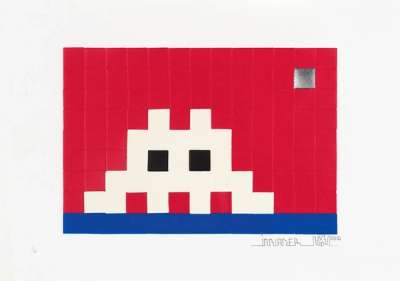
£9,500-£14,500
$18,000-$28,000 Value Indicator
$16,000-$25,000 Value Indicator
¥90,000-¥130,000 Value Indicator
€11,000-€17,000 Value Indicator
$90,000-$140,000 Value Indicator
¥1,810,000-¥2,760,000 Value Indicator
$12,000-$18,000 Value Indicator
TradingFloor
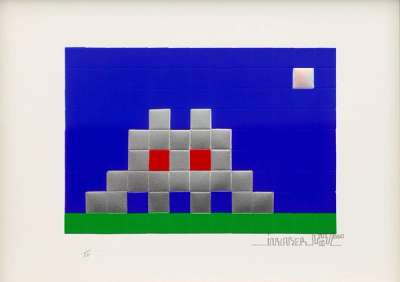
£13,000-£20,000
$25,000-$40,000 Value Indicator
$22,000-$35,000 Value Indicator
¥120,000-¥180,000 Value Indicator
€15,000-€23,000 Value Indicator
$130,000-$200,000 Value Indicator
¥2,550,000-¥3,920,000 Value Indicator
$16,000-$25,000 Value Indicator
TradingFloor
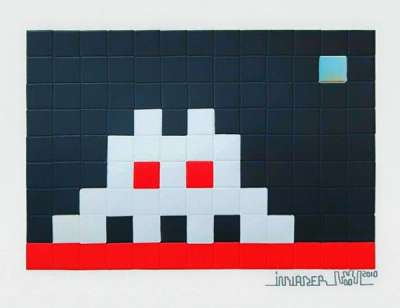
£9,000-£13,000
$17,000-$25,000 Value Indicator
$15,000-$22,000 Value Indicator
¥80,000-¥120,000 Value Indicator
€10,500-€15,000 Value Indicator
$90,000-$130,000 Value Indicator
¥1,710,000-¥2,470,000 Value Indicator
$11,500-$16,000 Value Indicator
TradingFloor
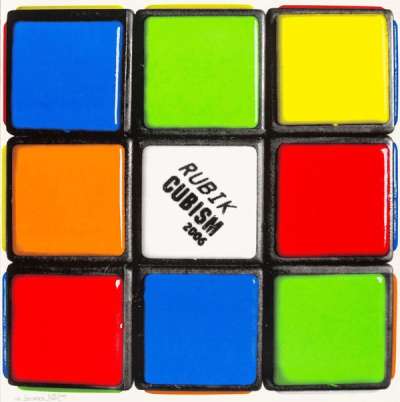
£6,500-£9,500
$12,500-$18,000 Value Indicator
$11,000-$16,000 Value Indicator
¥60,000-¥90,000 Value Indicator
€7,500-€11,000 Value Indicator
$60,000-$90,000 Value Indicator
¥1,240,000-¥1,810,000 Value Indicator
$8,000-$12,000 Value Indicator
TradingFloor
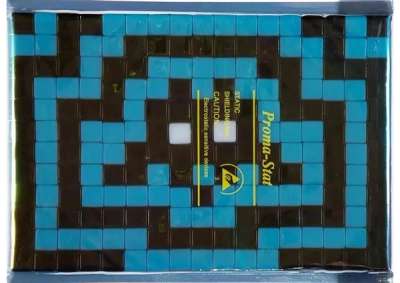
£8,000-£12,000
$15,000-$23,000 Value Indicator
$13,500-$20,000 Value Indicator
¥70,000-¥110,000 Value Indicator
€9,500-€14,000 Value Indicator
$80,000-$120,000 Value Indicator
¥1,520,000-¥2,280,000 Value Indicator
$10,000-$15,000 Value Indicator
TradingFloor
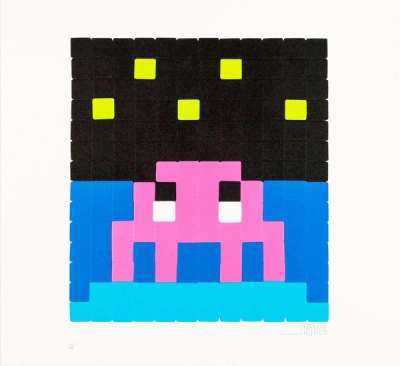
£9,000-£13,500
$17,000-$26,000 Value Indicator
$15,000-$23,000 Value Indicator
¥80,000-¥120,000 Value Indicator
€10,500-€16,000 Value Indicator
$90,000-$130,000 Value Indicator
¥1,710,000-¥2,570,000 Value Indicator
$11,500-$17,000 Value Indicator
TradingFloor
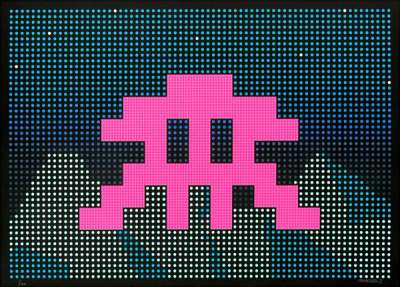
£7,500-£11,500
$14,500-$22,000 Value Indicator
$13,000-$20,000 Value Indicator
¥70,000-¥100,000 Value Indicator
€9,000-€13,500 Value Indicator
$70,000-$110,000 Value Indicator
¥1,430,000-¥2,190,000 Value Indicator
$9,500-$14,500 Value Indicator
TradingFloor
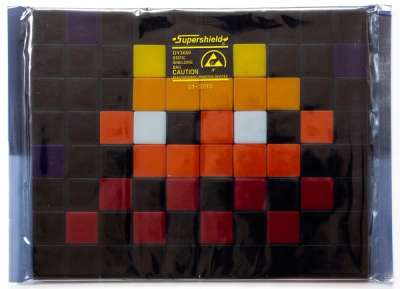
£7,500-£11,000
$14,500-$21,000 Value Indicator
$13,000-$19,000 Value Indicator
¥70,000-¥100,000 Value Indicator
€9,000-€13,000 Value Indicator
$70,000-$110,000 Value Indicator
¥1,420,000-¥2,080,000 Value Indicator
$9,500-$14,000 Value Indicator
TradingFloor
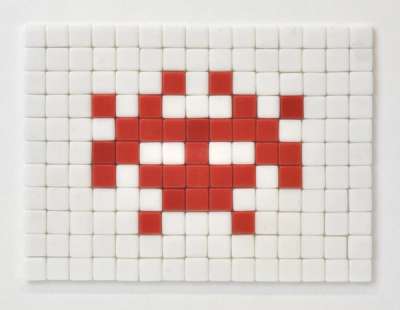
£7,000-£10,500
$13,500-$20,000 Value Indicator
$12,000-$18,000 Value Indicator
¥60,000-¥100,000 Value Indicator
€8,000-€12,500 Value Indicator
$70,000-$100,000 Value Indicator
¥1,330,000-¥2,000,000 Value Indicator
$9,000-$13,000 Value Indicator
TradingFloor
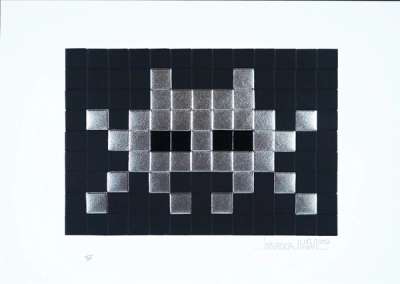
£13,500-£20,000
$26,000-$40,000 Value Indicator
$23,000-$35,000 Value Indicator
¥120,000-¥180,000 Value Indicator
€16,000-€23,000 Value Indicator
$130,000-$200,000 Value Indicator
¥2,650,000-¥3,920,000 Value Indicator
$17,000-$25,000 Value Indicator
TradingFloor
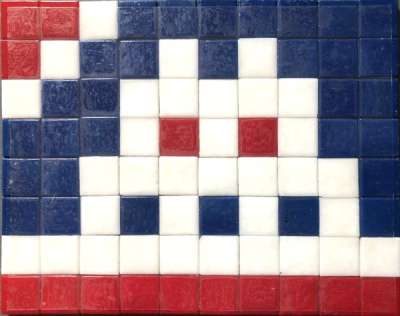
£13,500-£21,000
$26,000-$40,000 Value Indicator
$23,000-$35,000 Value Indicator
¥120,000-¥190,000 Value Indicator
€16,000-€25,000 Value Indicator
$130,000-$210,000 Value Indicator
¥2,570,000-¥4,000,000 Value Indicator
$17,000-$26,000 Value Indicator
TradingFloor
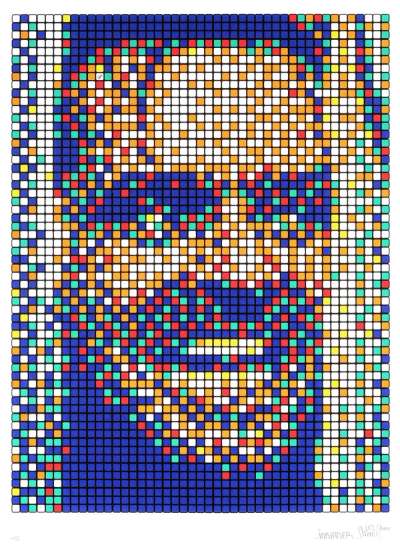
£3,500-£5,500
$7,000-$10,500 Value Indicator
$6,000-$9,500 Value Indicator
¥30,000-¥50,000 Value Indicator
€4,100-€6,500 Value Indicator
$35,000-$50,000 Value Indicator
¥670,000-¥1,050,000 Value Indicator
$4,400-$7,000 Value Indicator
TradingFloor
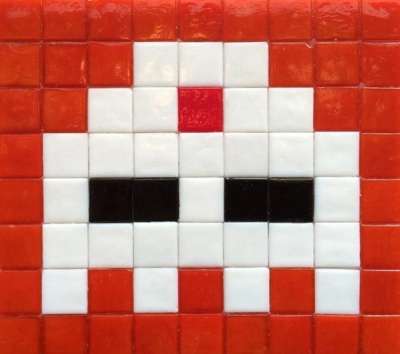
£7,000-£10,500
$13,500-$20,000 Value Indicator
$12,000-$18,000 Value Indicator
¥60,000-¥100,000 Value Indicator
€8,000-€12,500 Value Indicator
$70,000-$100,000 Value Indicator
¥1,330,000-¥2,000,000 Value Indicator
$9,000-$13,000 Value Indicator
TradingFloor
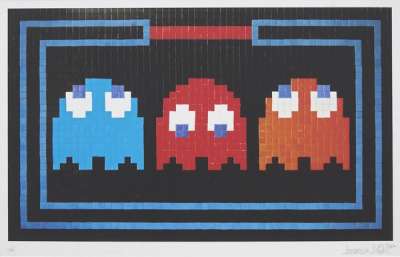
£5,000-£7,500
$9,500-$14,500 Value Indicator
$8,500-$13,000 Value Indicator
¥45,000-¥70,000 Value Indicator
€6,000-€9,000 Value Indicator
$50,000-$70,000 Value Indicator
¥950,000-¥1,430,000 Value Indicator
$6,500-$9,500 Value Indicator
TradingFloor
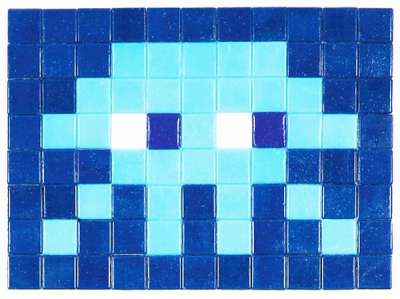
£10,500-£15,000
$20,000-$29,000 Value Indicator
$18,000-$26,000 Value Indicator
¥100,000-¥140,000 Value Indicator
€12,000-€17,000 Value Indicator
$100,000-$150,000 Value Indicator
¥2,060,000-¥2,940,000 Value Indicator
$13,000-$19,000 Value Indicator
TradingFloor
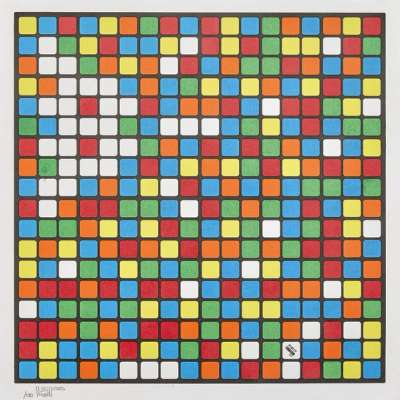
£5,000-£7,500
$9,500-$14,500 Value Indicator
$8,500-$13,000 Value Indicator
¥45,000-¥70,000 Value Indicator
€6,000-€8,500 Value Indicator
$50,000-$70,000 Value Indicator
¥980,000-¥1,470,000 Value Indicator
$6,500-$9,500 Value Indicator
TradingFloor
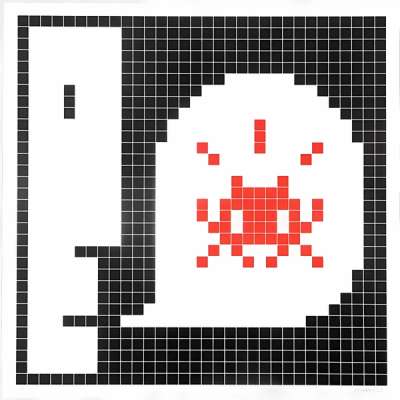
£3,800-£5,500
$7,500-$10,500 Value Indicator
$6,500-$9,500 Value Indicator
¥35,000-¥50,000 Value Indicator
€4,450-€6,500 Value Indicator
$35,000-$50,000 Value Indicator
¥720,000-¥1,050,000 Value Indicator
$4,750-$7,000 Value Indicator
TradingFloor
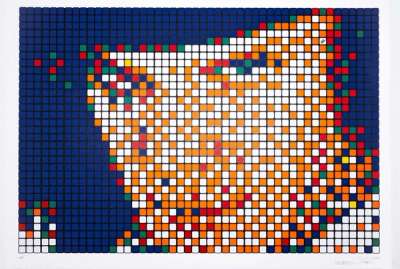
£3,700-£5,500
$7,000-$10,500 Value Indicator
$6,500-$9,500 Value Indicator
¥35,000-¥50,000 Value Indicator
€4,300-€6,500 Value Indicator
$35,000-$50,000 Value Indicator
¥730,000-¥1,080,000 Value Indicator
$4,650-$7,000 Value Indicator
TradingFloor
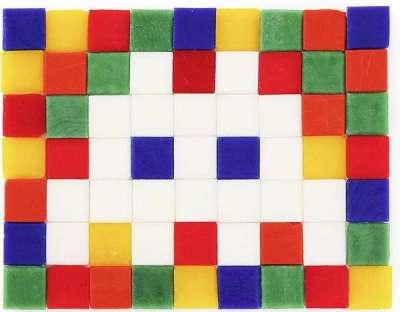
£9,000-£14,000
$17,000-$27,000 Value Indicator
$15,000-$24,000 Value Indicator
¥80,000-¥130,000 Value Indicator
€10,500-€16,000 Value Indicator
$90,000-$140,000 Value Indicator
¥1,710,000-¥2,660,000 Value Indicator
$11,500-$18,000 Value Indicator
TradingFloor
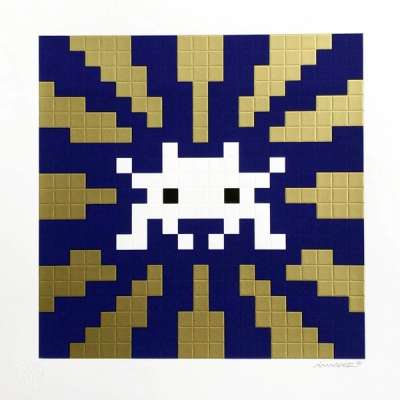
£6,000-£9,500
$11,500-$18,000 Value Indicator
$10,000-$16,000 Value Indicator
¥50,000-¥90,000 Value Indicator
€7,000-€11,000 Value Indicator
$60,000-$90,000 Value Indicator
¥1,140,000-¥1,810,000 Value Indicator
$7,500-$12,000 Value Indicator
TradingFloor
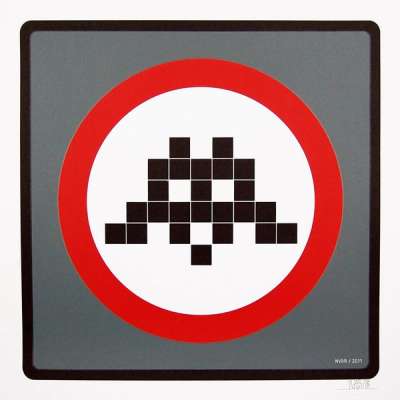
£7,000-£10,500
$13,500-$20,000 Value Indicator
$12,000-$18,000 Value Indicator
¥60,000-¥100,000 Value Indicator
€8,000-€12,500 Value Indicator
$70,000-$100,000 Value Indicator
¥1,320,000-¥1,980,000 Value Indicator
$9,000-$13,500 Value Indicator
TradingFloor
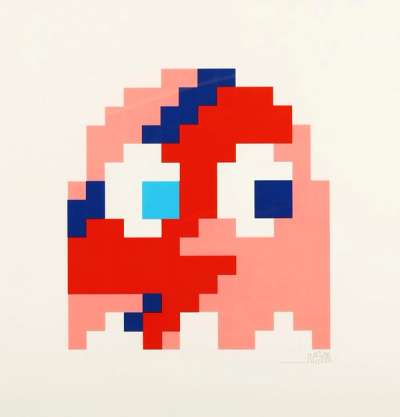
£13,500-£20,000
$26,000-$40,000 Value Indicator
$23,000-$35,000 Value Indicator
¥120,000-¥180,000 Value Indicator
€16,000-€23,000 Value Indicator
$130,000-$200,000 Value Indicator
¥2,570,000-¥3,810,000 Value Indicator
$17,000-$25,000 Value Indicator
TradingFloor
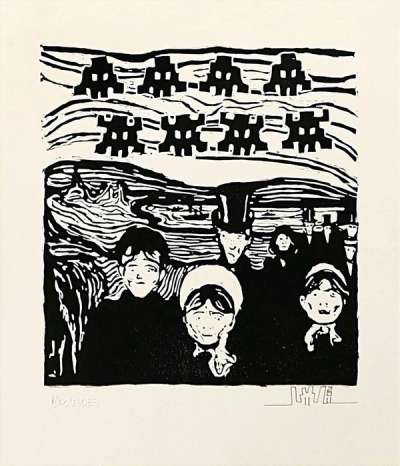
£9,000-£13,500
$17,000-$26,000 Value Indicator
$15,000-$23,000 Value Indicator
¥80,000-¥120,000 Value Indicator
€10,500-€16,000 Value Indicator
$90,000-$130,000 Value Indicator
¥1,710,000-¥2,570,000 Value Indicator
$11,500-$17,000 Value Indicator
TradingFloor
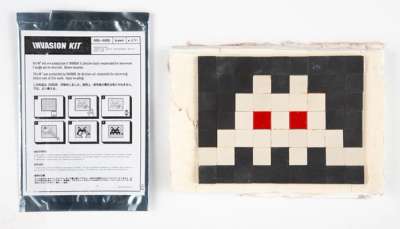
£10,500-£16,000
$20,000-$30,000 Value Indicator
$18,000-$27,000 Value Indicator
¥100,000-¥150,000 Value Indicator
€12,500-€19,000 Value Indicator
$100,000-$160,000 Value Indicator
¥2,000,000-¥3,050,000 Value Indicator
$13,000-$20,000 Value Indicator
TradingFloor
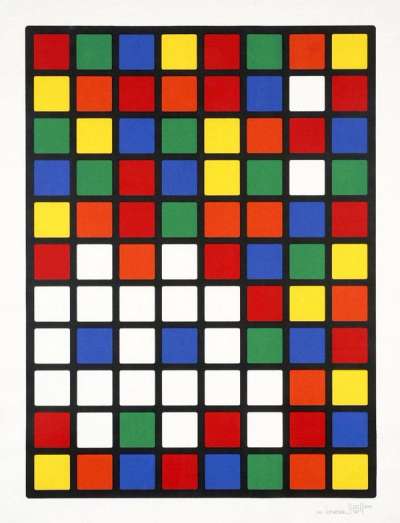
£6,500-£9,500
$12,500-$18,000 Value Indicator
$11,000-$16,000 Value Indicator
¥60,000-¥90,000 Value Indicator
€7,500-€11,000 Value Indicator
$60,000-$90,000 Value Indicator
¥1,240,000-¥1,810,000 Value Indicator
$8,000-$12,000 Value Indicator
TradingFloor
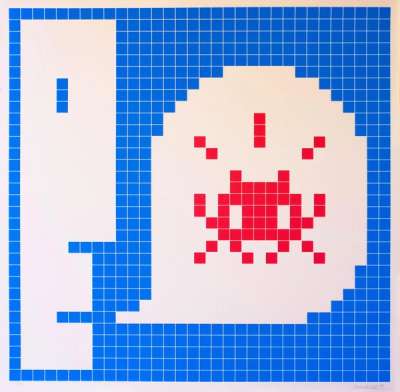
£4,300-£6,500
$8,500-$12,500 Value Indicator
$7,500-$11,000 Value Indicator
¥40,000-¥60,000 Value Indicator
€5,000-€7,500 Value Indicator
$40,000-$60,000 Value Indicator
¥820,000-¥1,240,000 Value Indicator
$5,500-$8,000 Value Indicator
TradingFloor

£6,000-£9,000
$11,500-$17,000 Value Indicator
$10,000-$15,000 Value Indicator
¥50,000-¥80,000 Value Indicator
€7,000-€10,500 Value Indicator
$60,000-$90,000 Value Indicator
¥1,140,000-¥1,710,000 Value Indicator
$7,500-$11,500 Value Indicator
TradingFloor
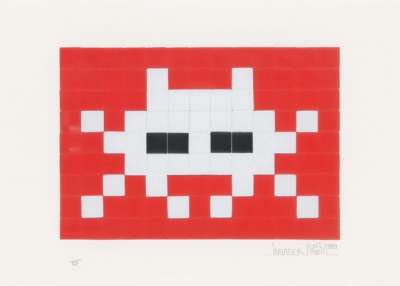
£7,500-£11,500
$14,500-$22,000 Value Indicator
$13,000-$20,000 Value Indicator
¥70,000-¥100,000 Value Indicator
€9,000-€13,500 Value Indicator
$70,000-$110,000 Value Indicator
¥1,430,000-¥2,190,000 Value Indicator
$9,500-$14,500 Value Indicator
TradingFloor
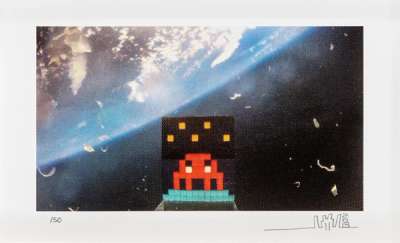
£5,500-£8,500
$10,500-$16,000 Value Indicator
$9,500-$14,500 Value Indicator
¥50,000-¥80,000 Value Indicator
€6,500-€10,000 Value Indicator
$50,000-$80,000 Value Indicator
¥1,050,000-¥1,620,000 Value Indicator
$7,000-$10,500 Value Indicator
TradingFloor
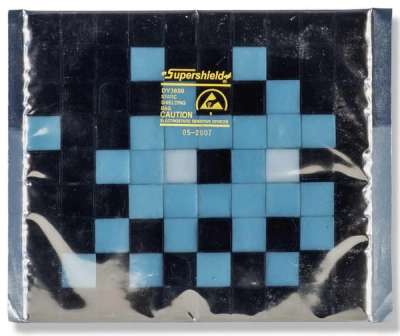
£10,000-£15,000
$19,000-$29,000 Value Indicator
$17,000-$26,000 Value Indicator
¥90,000-¥140,000 Value Indicator
€11,500-€17,000 Value Indicator
$100,000-$150,000 Value Indicator
¥1,960,000-¥2,940,000 Value Indicator
$12,500-$19,000 Value Indicator
TradingFloor
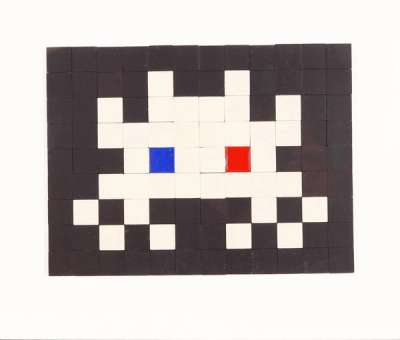
£7,500-£11,000
$14,500-$21,000 Value Indicator
$13,000-$19,000 Value Indicator
¥70,000-¥100,000 Value Indicator
€9,000-€13,000 Value Indicator
$70,000-$110,000 Value Indicator
¥1,430,000-¥2,090,000 Value Indicator
$9,500-$14,000 Value Indicator
TradingFloor
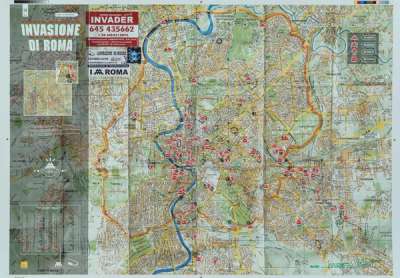
£1,450-£2,200
$2,750-$4,200 Value Indicator
$2,500-$3,800 Value Indicator
¥13,000-¥20,000 Value Indicator
€1,700-€2,550 Value Indicator
$14,000-$22,000 Value Indicator
¥280,000-¥430,000 Value Indicator
$1,800-$2,750 Value Indicator
TradingFloor
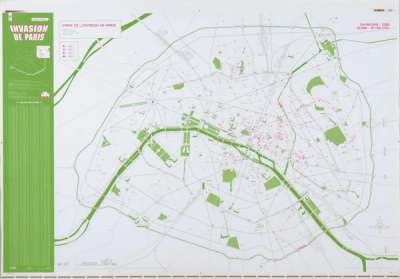
£1,450-£2,200
$2,800-$4,250 Value Indicator
$2,450-$3,750 Value Indicator
¥13,000-¥20,000 Value Indicator
€1,700-€2,550 Value Indicator
$14,000-$22,000 Value Indicator
¥280,000-¥420,000 Value Indicator
$1,800-$2,750 Value Indicator
TradingFloor
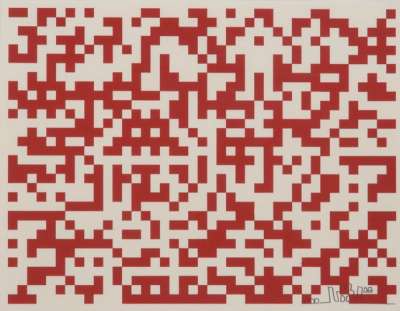
£4,750-£7,000
$9,000-$13,500 Value Indicator
$8,000-$12,000 Value Indicator
¥45,000-¥60,000 Value Indicator
€5,500-€8,000 Value Indicator
$45,000-$70,000 Value Indicator
¥930,000-¥1,370,000 Value Indicator
$6,000-$9,000 Value Indicator
TradingFloor
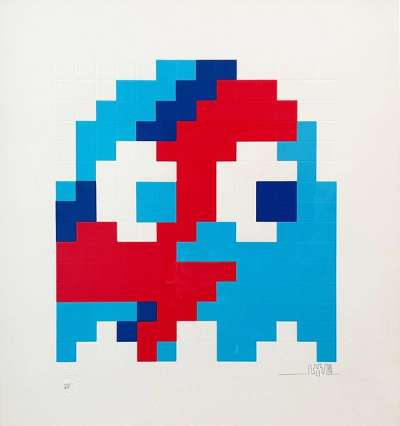
£10,500-£16,000
$20,000-$30,000 Value Indicator
$18,000-$27,000 Value Indicator
¥100,000-¥150,000 Value Indicator
€12,500-€19,000 Value Indicator
$100,000-$160,000 Value Indicator
¥2,000,000-¥3,050,000 Value Indicator
$13,000-$20,000 Value Indicator
TradingFloor
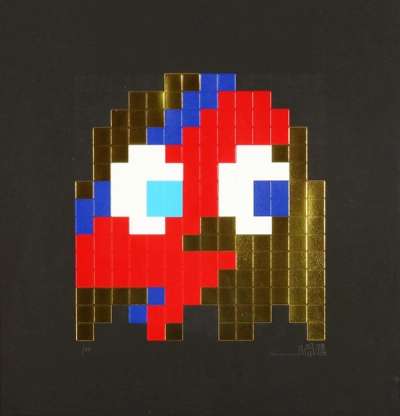
£15,000-£23,000
$29,000-$45,000 Value Indicator
$26,000-$40,000 Value Indicator
¥140,000-¥210,000 Value Indicator
€18,000-€27,000 Value Indicator
$150,000-$230,000 Value Indicator
¥2,850,000-¥4,380,000 Value Indicator
$19,000-$29,000 Value Indicator
TradingFloor
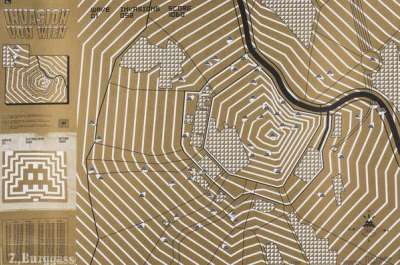
£2,650-£3,950
$5,000-$7,500 Value Indicator
$4,550-$7,000 Value Indicator
¥24,000-¥35,000 Value Indicator
€3,100-€4,600 Value Indicator
$26,000-$40,000 Value Indicator
¥500,000-¥750,000 Value Indicator
$3,350-$5,000 Value Indicator
TradingFloor
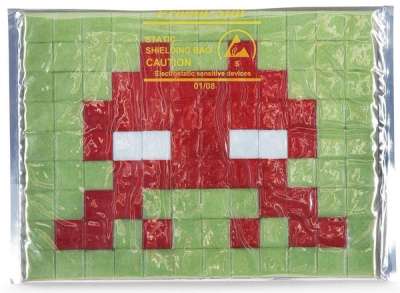
£7,500-£11,000
$14,500-$21,000 Value Indicator
$13,000-$19,000 Value Indicator
¥70,000-¥100,000 Value Indicator
€9,000-€13,000 Value Indicator
$70,000-$110,000 Value Indicator
¥1,430,000-¥2,090,000 Value Indicator
$9,500-$14,000 Value Indicator
TradingFloor
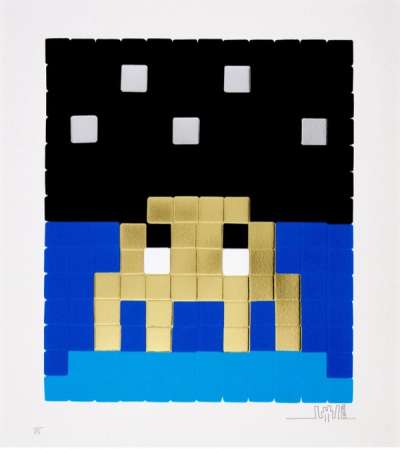
£13,000-£19,000
$25,000-$35,000 Value Indicator
$22,000-$35,000 Value Indicator
¥120,000-¥170,000 Value Indicator
€15,000-€22,000 Value Indicator
$130,000-$190,000 Value Indicator
¥2,550,000-¥3,730,000 Value Indicator
$16,000-$24,000 Value Indicator
TradingFloor

£1,450-£2,150
$2,750-$4,100 Value Indicator
$2,500-$3,700 Value Indicator
¥13,000-¥20,000 Value Indicator
€1,700-€2,500 Value Indicator
$14,000-$21,000 Value Indicator
¥280,000-¥420,000 Value Indicator
$1,800-$2,700 Value Indicator
TradingFloor
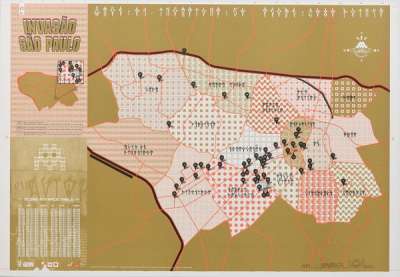
£600-£950
$1,150-$1,850 Value Indicator
$1,000-$1,600 Value Indicator
¥5,500-¥8,500 Value Indicator
€700-€1,100 Value Indicator
$6,000-$9,500 Value Indicator
¥110,000-¥180,000 Value Indicator
$750-$1,200 Value Indicator
TradingFloor
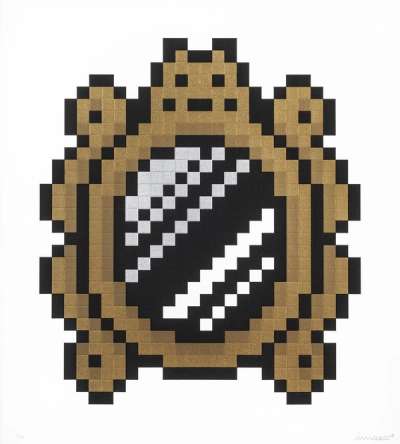
£4,300-£6,500
$8,500-$12,500 Value Indicator
$7,500-$11,000 Value Indicator
¥40,000-¥60,000 Value Indicator
€5,000-€7,500 Value Indicator
$40,000-$60,000 Value Indicator
¥820,000-¥1,240,000 Value Indicator
$5,500-$8,000 Value Indicator
TradingFloor
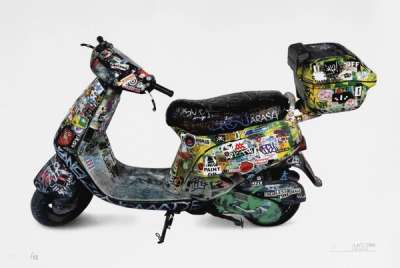
£1,750-£2,650
$3,400-$5,000 Value Indicator
$3,000-$4,500 Value Indicator
¥16,000-¥24,000 Value Indicator
€2,050-€3,100 Value Indicator
$17,000-$26,000 Value Indicator
¥330,000-¥500,000 Value Indicator
$2,200-$3,300 Value Indicator
TradingFloor
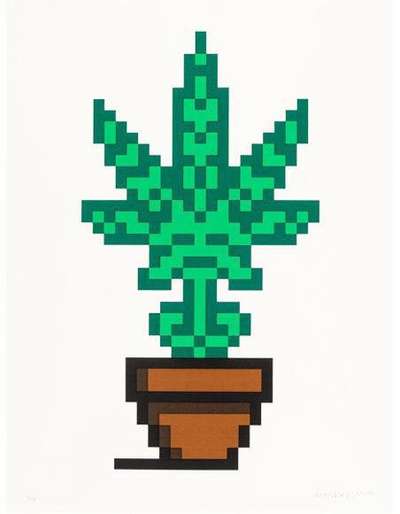
£6,000-£9,500
$11,500-$18,000 Value Indicator
$10,000-$16,000 Value Indicator
¥50,000-¥90,000 Value Indicator
€7,000-€11,000 Value Indicator
$60,000-$90,000 Value Indicator
¥1,140,000-¥1,810,000 Value Indicator
$7,500-$12,000 Value Indicator
TradingFloor
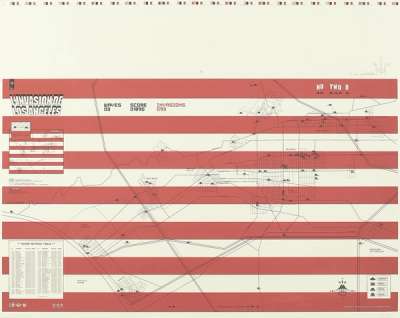
£2,300-£3,450
$4,450-$6,500 Value Indicator
$3,900-$6,000 Value Indicator
¥21,000-¥30,000 Value Indicator
€2,700-€4,050 Value Indicator
$23,000-$35,000 Value Indicator
¥440,000-¥660,000 Value Indicator
$2,900-$4,350 Value Indicator
TradingFloor
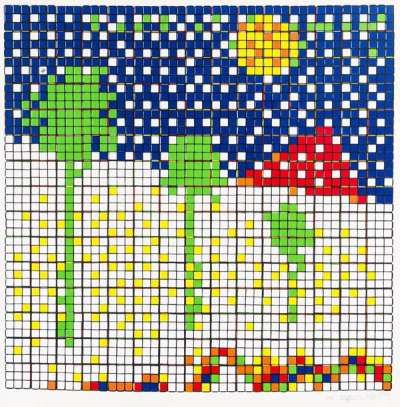
£5,500-£8,000
$10,500-$15,000 Value Indicator
$9,500-$13,500 Value Indicator
¥50,000-¥70,000 Value Indicator
€6,500-€9,500 Value Indicator
$50,000-$80,000 Value Indicator
¥1,080,000-¥1,570,000 Value Indicator
$7,000-$10,000 Value Indicator
TradingFloor
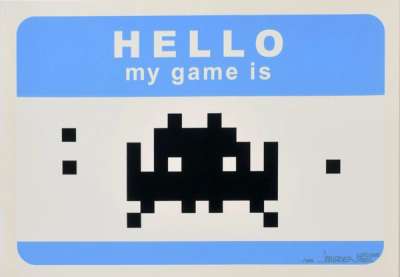
£6,000-£9,000
$11,500-$17,000 Value Indicator
$10,000-$15,000 Value Indicator
¥50,000-¥80,000 Value Indicator
€7,000-€10,500 Value Indicator
$60,000-$90,000 Value Indicator
¥1,140,000-¥1,710,000 Value Indicator
$7,500-$11,500 Value Indicator
TradingFloor
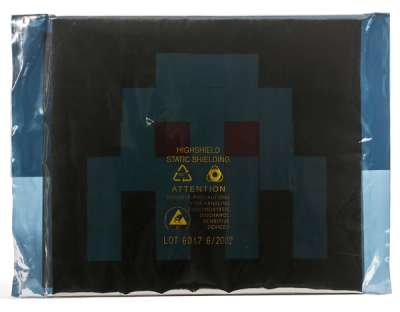
£13,500-£20,000
$26,000-$40,000 Value Indicator
$23,000-$35,000 Value Indicator
¥120,000-¥180,000 Value Indicator
€16,000-€23,000 Value Indicator
$130,000-$200,000 Value Indicator
¥2,570,000-¥3,810,000 Value Indicator
$17,000-$25,000 Value Indicator
TradingFloor
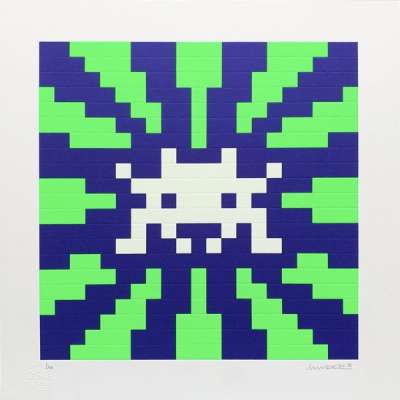
£7,500-£11,500
$14,500-$22,000 Value Indicator
$13,000-$20,000 Value Indicator
¥70,000-¥110,000 Value Indicator
€9,000-€13,500 Value Indicator
$70,000-$110,000 Value Indicator
¥1,420,000-¥2,170,000 Value Indicator
$9,500-$14,500 Value Indicator
TradingFloor
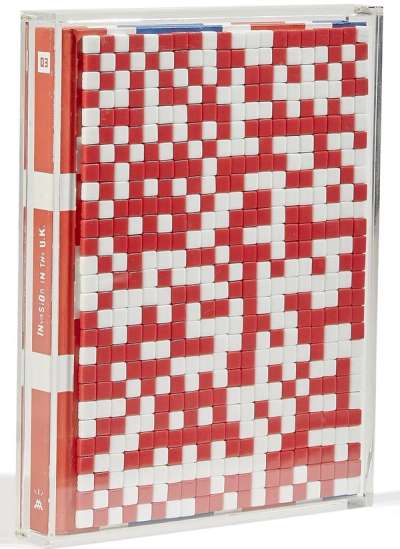
£29,000-£45,000
$60,000-$90,000 Value Indicator
$50,000-$80,000 Value Indicator
¥270,000-¥410,000 Value Indicator
€35,000-€50,000 Value Indicator
$290,000-$450,000 Value Indicator
¥5,480,000-¥8,500,000 Value Indicator
$35,000-$60,000 Value Indicator
TradingFloor
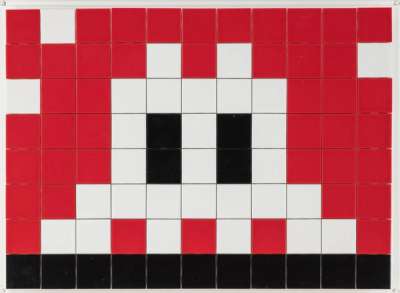
£35,000-£60,000
$70,000-$110,000 Value Indicator
$60,000-$100,000 Value Indicator
¥320,000-¥550,000 Value Indicator
€40,000-€70,000 Value Indicator
$340,000-$590,000 Value Indicator
¥6,870,000-¥11,770,000 Value Indicator
$45,000-$80,000 Value Indicator
TradingFloor
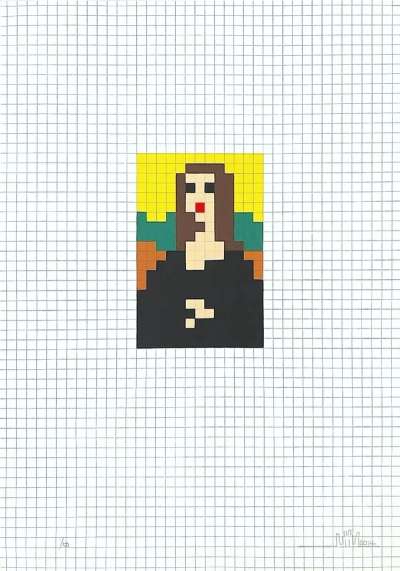
£8,500-£13,000
$16,000-$25,000 Value Indicator
$14,500-$22,000 Value Indicator
¥80,000-¥120,000 Value Indicator
€10,000-€15,000 Value Indicator
$80,000-$130,000 Value Indicator
¥1,620,000-¥2,470,000 Value Indicator
$10,500-$16,000 Value Indicator
TradingFloor
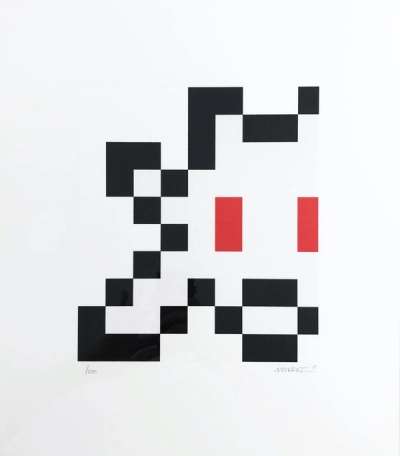
£4,950-£7,500
$9,500-$14,500 Value Indicator
$8,500-$13,000 Value Indicator
¥45,000-¥70,000 Value Indicator
€6,000-€8,500 Value Indicator
$50,000-$70,000 Value Indicator
¥970,000-¥1,470,000 Value Indicator
$6,000-$9,500 Value Indicator
TradingFloor
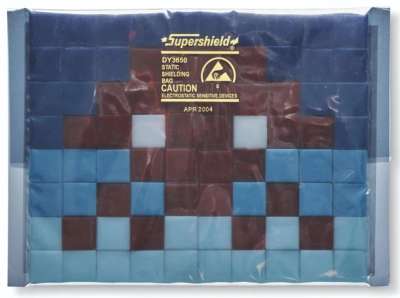
£7,000-£10,500
$13,500-$20,000 Value Indicator
$12,000-$18,000 Value Indicator
¥60,000-¥100,000 Value Indicator
€8,000-€12,000 Value Indicator
$70,000-$100,000 Value Indicator
¥1,370,000-¥2,060,000 Value Indicator
$9,000-$13,000 Value Indicator
TradingFloor
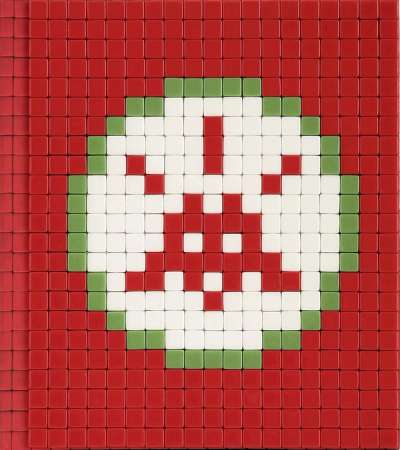
£22,000-£30,000
$40,000-$60,000 Value Indicator
$40,000-$50,000 Value Indicator
¥200,000-¥270,000 Value Indicator
€26,000-€35,000 Value Indicator
$220,000-$290,000 Value Indicator
¥4,320,000-¥5,880,000 Value Indicator
$28,000-$40,000 Value Indicator
TradingFloor
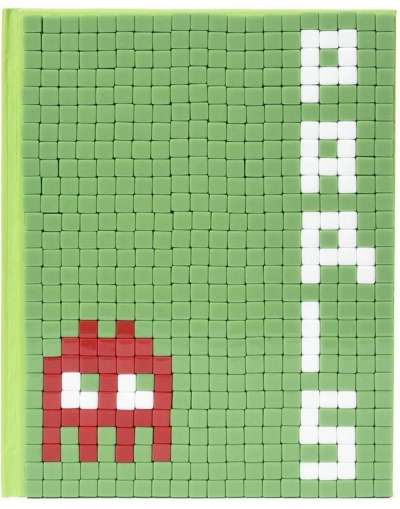
£28,000-£40,000
$50,000-$80,000 Value Indicator
$50,000-$70,000 Value Indicator
¥250,000-¥360,000 Value Indicator
€35,000-€45,000 Value Indicator
$270,000-$390,000 Value Indicator
¥5,330,000-¥7,610,000 Value Indicator
$35,000-$50,000 Value Indicator
TradingFloor
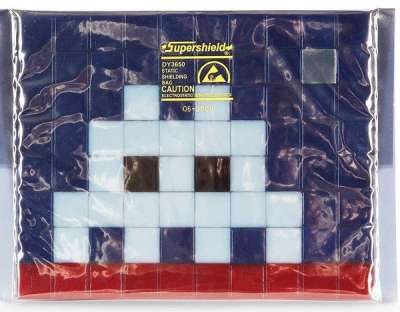
£8,500-£13,000
$16,000-$25,000 Value Indicator
$14,500-$22,000 Value Indicator
¥80,000-¥120,000 Value Indicator
€10,000-€15,000 Value Indicator
$80,000-$130,000 Value Indicator
¥1,620,000-¥2,470,000 Value Indicator
$10,500-$16,000 Value Indicator
TradingFloor
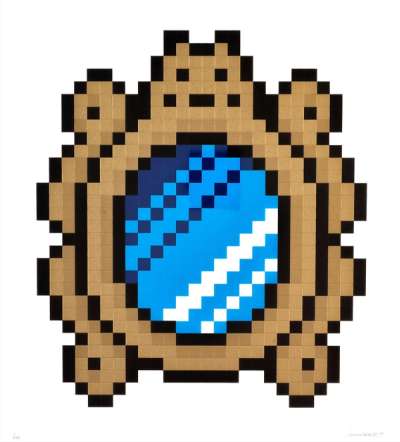
£4,100-£6,000
$8,000-$11,500 Value Indicator
$7,000-$10,000 Value Indicator
¥35,000-¥50,000 Value Indicator
€4,800-€7,000 Value Indicator
$40,000-$60,000 Value Indicator
¥780,000-¥1,140,000 Value Indicator
$5,000-$7,500 Value Indicator
TradingFloor
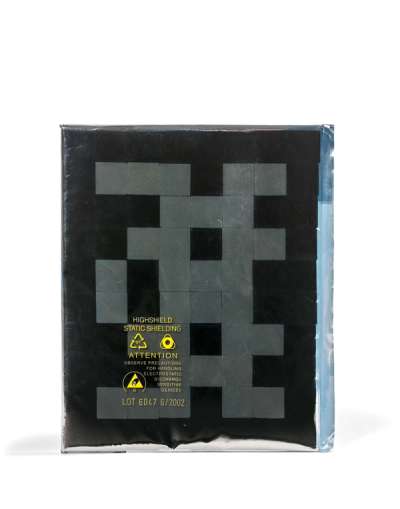
£6,000-£9,000
$11,500-$17,000 Value Indicator
$10,500-$16,000 Value Indicator
¥60,000-¥80,000 Value Indicator
€7,000-€10,500 Value Indicator
$60,000-$90,000 Value Indicator
¥1,130,000-¥1,700,000 Value Indicator
$7,500-$11,500 Value Indicator
TradingFloor
Sell Your Art
with Us
with Us
Join Our Network of Collectors. Buy, Sell and Track Demand
Biography
Self-described ‘Unidentified Free Artist,’ the anonymous French street artist Invader is internationally known for his pixelated tile mosaics. Concealing his identity with a pseudonym, the artist always appears behind a mask. Invader’s work of pixelated tile mosaics have been installed in cities across the world.
Invader's early biography shows he was born in Paris, France in 1969, adopting his name from the 1978 arcade game Space Invaders. Everything about Invader's identity remains unknown, and nobody has ever seen his face. He claims that ‘as such, I can visit my own exhibitions without any visitors knowing who I really am even if I stand a few steps away from them.’ Invader is a graduate from the Ecole des Beaux-Arts in Paris and has pursued his famous Space Invaders project in Paris, staging global ‘invasions’ in cities across the world since the 90s.
‘Invading’ cities worldwide, the Space Invaders project has come to be one of the most widely recognised street art stunts in art history. Invader’s pixelated video game characters are more popular than ever, and thousands of people rush to the streets every time the artist announces a new wave of invasion.
Due to his growing following, Invader has begun to document the Space Invaders project through an online map of the location of his works entitled ‘World Invasion’, found on the artist’s website. With his success, Invader’s practice has expanded to take place in many unusual places. One Space Invader artwork can be found under the sea at the bottom of Cancun Bay, and another in the International Space Station, at 248 miles altitude. To counter a wave of thefts that saw his Space Invaders damaged by people attempting to steal them, in 2018 the artist launched his popular Invasion Kits. The kits contain mosaic tiles that allow their owners to create their own Invader mosaic from home and have become a sought-after collectible piece.
Since the early 2000s, Invader's art has expanded from its original motif of the Space Invader into new icons inspired by other 8-bit video games like Pac-man, as well as figures like the Pink Panther, Spider-Man and Popeye. Since 2004, Invader has also experimented outside the universe of video games and has created a series of works for indoor display using Rubik’s Cubes, which he refers to as ‘Rubikcubism.’ Now an extremely popular piece of art, Invader’s Rubikcubes have further solidified Invader’s reputation as a trailblazing icon.

